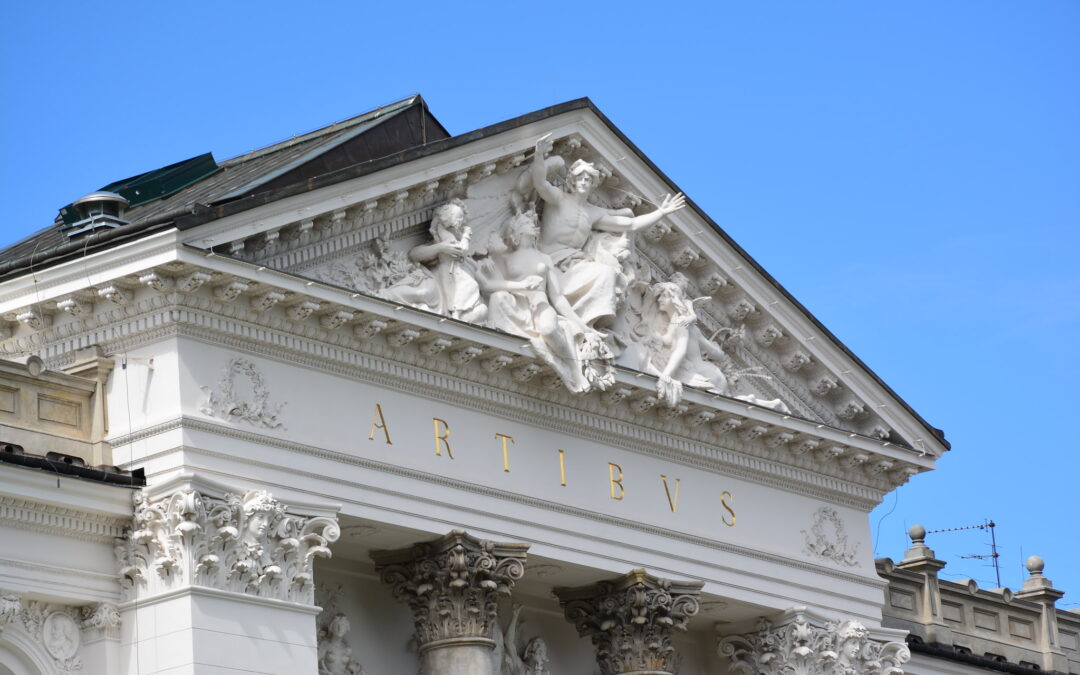By Edwin Bendyk and Piotr Kosiewski
This article is published in cooperation with the ideaForum of the Batory Foundation.
By directly appointing an unqualified candidate to lead the Zachęta gallery, rather than holding an open call for the position, the culture ministry risks harming one of Poland’s most important cultural institutions. It is not too late to change the decision.
The culture minister, Piotr Gliński, has announced that the new director of the Zachęta National Gallery of Art will be Janusz Janowski, a painter and the president of the Association of Polish Artists and Designers.
He is to replace the previous head of the gallery, Hanna Wróblewska, a distinguished curator with many years of experience in leading a large public institution. The culture minister, however, has decided not to extend her contract after the end of the current term, saying that: “After such a long time, a change in the management position can have a beneficial effect on the condition of the institution and its further development”.
The ministry has the right to shape the personnel policy of the cultural institutions under its jurisdiction. Janusz Janowski, however, has minimal management experience and no significant accomplishments in preparing exhibitions or popularising art, and thus offers no guarantees of change for the better. On the contrary – in the best case, Zachęta will stagnate under his stewardship.
It is not too late to change the decision and organise an open application procedure for a new director. Gliński himself emphasised the importance of such calls in 2019 in a letter justifying the refusal to extend the contract of Monika Szewczyk as head of the Arsenał Gallery in Białystok.
At the time, the minister wrote that open application procedures to appoint people in management positions is the best format as it “realises to the fullest the constitutional principle of enjoying full public rights. It is the most transparent and recommended by the artist community method of selecting a director of a cultural institution”. And indeed, the artistic community and wider public opinion express similar views.
But an open application procedure must be carried out in a credible and transparent way, ideally with international participation. The experiences of the Stary Theatre in Kraków or the National Museum in Warsaw show that irresponsible nominations lead to marginalisation of institutions, their declining importance for Polish culture, and substantive and organisational decrepitude.
The selection of the director of Zachęta has the highest stakes. This is one of Poland’s most important national cultural institutions. The gallery plays an exemplary role – for many setting the standard in Poland for professionalism in staging exhibitions and artistic events, publishing, management of contemporary art collections and taking care of the institution’s historical legacy, as well as educational activity and development of the audience.
Furthermore, and extremely importantly, it sets the standards for collaboration between public institutions and the business world – suffice it to mention only the Views competition for young artists, held in conjunction with Deutsche Bank for a number of years.
The gallery combines reflection on the past responsibly with presentation of the most important phenomena in the latest art. Zachęta’s strength has also always been placing artistic activity in Poland in the international context, holding important exhibitions showcasing key trends and figures from the world of art.
Zachęta is also responsible for the form of the Polish Pavilion at the Venice Art and Architecture Biennales. For years, the Polish presence there has been highly rated and noticed – which is no small feat, given the size of the event. Finally, and no less importantly, Zachęta has gained the public trust: before the pandemic, 110,000-120,000 people were visiting its exhibitions every year.
A credible, open application procedure is essential for such an important institution. It is the only way to select the best person for the job. It also gives the public the opportunity to see the candidates’ accomplishments and the programme they are proposing for the gallery. In addition, it provides a strong mandate to the successful candidate to head the institution, as well as giving the ministry arguments in support of its cultural policy.
There are examples of successful implementation of such procedures close to home. Last year, the Pole Alicja Knast became the director of the National Gallery in Prague. Having previously headed many cultural institutions in Poland, she was appointed in the Czech capital after an international call for applications.
The way the director of Zachęta is appointed will matter not only for this gallery. It will lay bare the actual objectives of the current government’s cultural (and more broadly, institutional) policy, showing whether it has the public interest at heart, or its own particularistic interest at the cost of the common good of culture and its institutions.
The stakes are high, as Paweł Rojek argued emphatically in a Batory Foundation debate on politics and culture. “We very much need places in which to meet and talk. Such places build a community,” he notes. “Cultural institutions seem to me to be one of the last places that make discussion possible.”
The Zachęta National Gallery of Art has been and continues to be such a place. There are no arguments to support a decision that threatens to squander this institution’s legacy. We therefore appeal for an open competition to be held to appoint Zachęta’s director.
Translated by Ben Koschalka
Main image credit: Marcin Polak/Flickr (under CC BY 2.0)






















